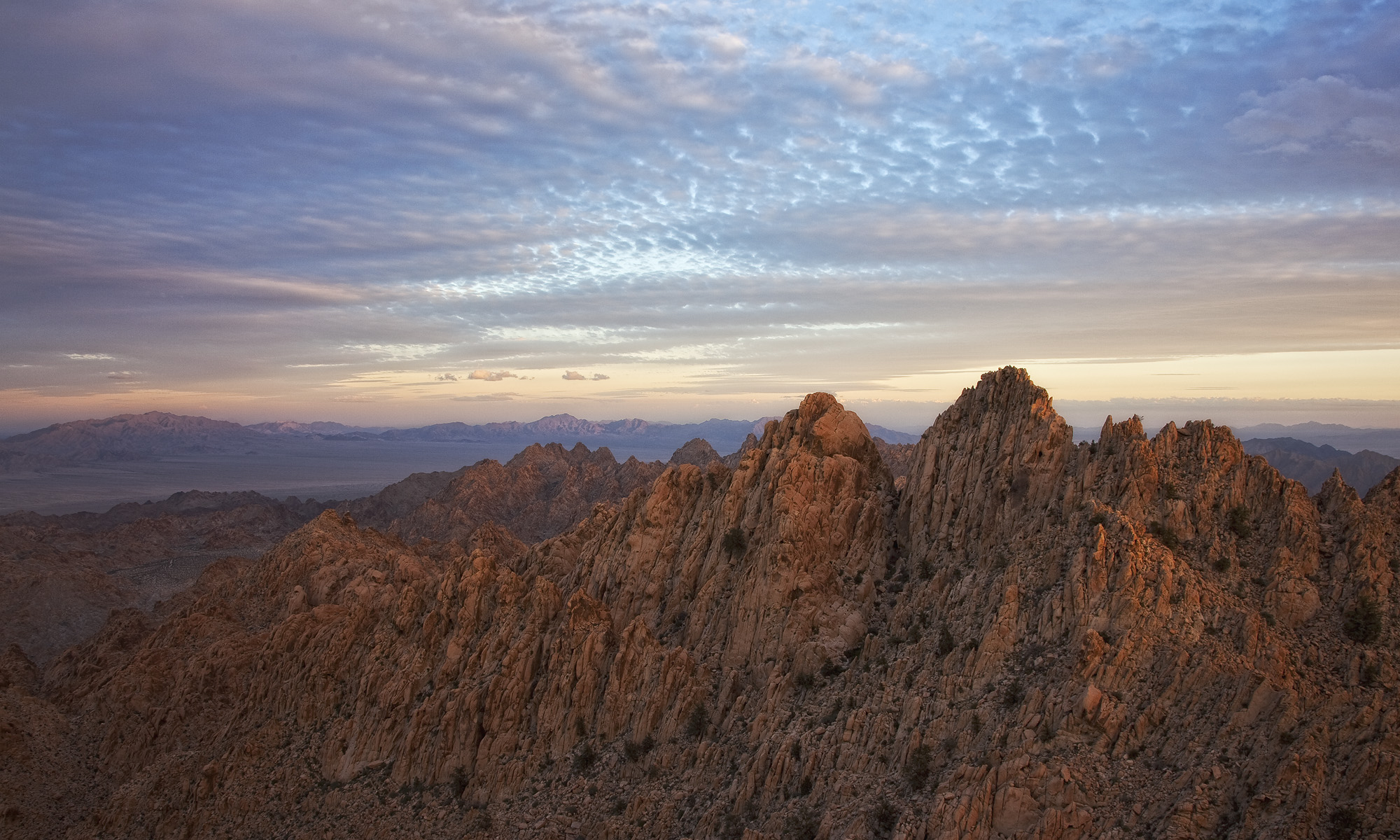The San Mateo Canyon Wilderness is located in the Santa Ana Mountains between Riverside and Orange Counties. Chaparral-covered hillsides, deep canyons, and huge sycamores and coast live oaks characterize the entire mountain range. The landscape is remarkably rugged. The single winding and twisted highway through the Santa Anas attracts hordes of motorists and hikers.
Far away from the hand of man, however, there is a curious evolutionary arms race playing out deep in the leaf litter and creek bottoms of San Mateo Canyon Wilderness. This story involves sordid sex and incredibly poisonous animals, and it’s one that surprised even me.
The San Mateo Canyon Wilderness was designated in 1984 as part of The California Wilderness Act of 1984. This law protected or expanded wilderness across the state of California, including the San Jacinto and San Gorgonio Wildernesses. San Mateo Canyon Wilderness is the only federally-designated wilderness in Orange County. There is plenty of room here for solitude and quiet here despite the fact it is surrounded by a huge population center. The rugged nature of the Santa Ana Mountains primarily keeps visitors in the “front country” and the Wilderness borders Camp Pendleton Marine Base, which is closed to the public.

Truly wild nature
Working on this project of photographing the wilderness areas near my home, I am reminded how close all of these wild areas are to large human populations. To put it another way, it can be tough to find a place where you truly feel “out there.” Perhaps somewhat ironically, the San Mateo Canyon Wilderness–which is closer major cities than any other area in Riverside County–feels very isolated.


The wilderness gets its name from San Mateo Creek, which cuts a deep gorge through its heart. The hills rise steeply from the canyon floor more than 1,000’, creating a sense of quiet solitude. It’s no surprise large predators appreciate it for this reason as well.
Large predators such as bobcats and gray foxes live in in the San Mateo Canyon Wilderness as well as all of the mountain lions in Orange County are believed to be in the Santa Ana Mountains. There is no evidence that mountain lions cross north of the 91 freeway into Chino Hills State Park. Rattlesnakes and other replies are found here in abundance. However, one of the most interesting stories has been underneath my feet for years and I am embarrassed to have only recently discovered it.

Get to the sex already!
Fine, fine. One of the hidden gems of the Santa Ana Mountains–and, really, all of the coast ranges on the west coast–are newts. In Southern California, it’s the orange-bellied, or California, newt (Taricha torosa) but other species are found northward towards Oregon and Washington. These charming little amphibians live their quiet lives in the leaf litter and streams. About half of their life is spent in terrestrial burrows, but in the spring, hormone secretion triggers a massive change in their appearance, adapting them–essentially–for aquatic sex.
Males’ testosterone levels cause them to bulk up and increase the size of their feet, presumably to battle other males for access to mates and to hold females down during the transfer of sperm. Newts’ tails change shape to become paddle-like, enhancing their ability to swim.


All of this takes place in a relatively serene setting as newts also produce a powerful toxin (tetrodotoxin–the same as is found in pufferfish) that thwarts most predators…except one. Garter snakes evolved a natural immunity to tetrodotoxin, enabling these aquatic snakes to feed on newts consequence-free. Over time, newts evolved even more powerful poison to combat garter snakes. The snakes responded by…well, you get the idea. The bottom line is that an incredibly fascinating evolutionary arms race is playing out in the gorges of California’s coast ranges.
A place worthy of protection
Sycamore trees and oaks are present in abundance deep inside San Mateo Canyon. Creeks provide water for a flourishing population of wildlife, and the wilderness is well-protected despite encroachment on all sides. In California coastal wilderness is hard to come by, and this is especially true in the southern part of the state. As we move into future decades, hopefully the San Mateo Canyon Wilderness can be used to enhance connectivity for the gene flow of flora and fauna along the coast ranges in Southern California.



How nice — and educational! I had no idea about the newts. Beautiful work, Greg.